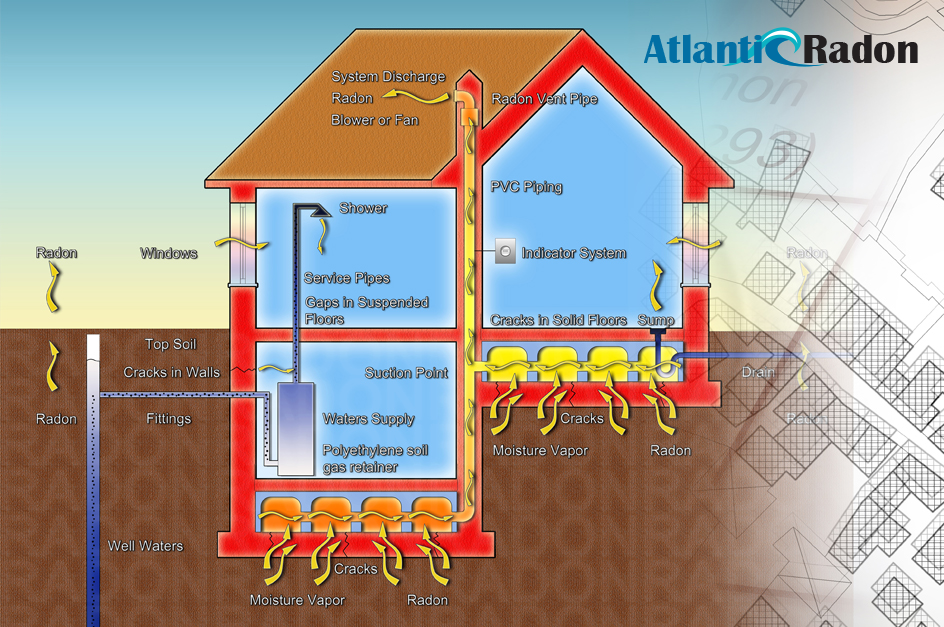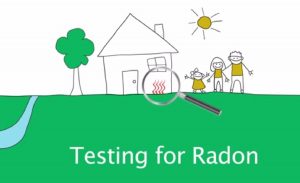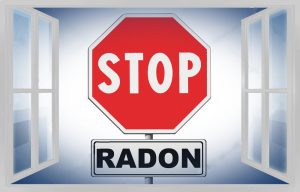Every year, radon takes thousands of lives. It is estimated that 21,000 lung cancer deaths were due to prolonged radon exposure.
According to the Surgeon General of the United States, radon is the second most common cause of lung cancer in the country.
Radon is a tasteless, odorless, and colorless gas. Due to its characteristics, it could quietly accumulate in your home. Because it could be challenging to detect, many families live without knowing that they are already exposed to the harmful gas — until it is too late.
Radon and Smokers
Smoking is the leading cause of lung cancer in the country. If you’re a smoker and your home has a high indoor radon level, you’re more at risk of developing cancer than non-smokers.
According to research, about 62 out of 1,000 smokers could have lung cancer if they’re exposed to a radon level of 4 pCi/L over a lifetime. That’s five times the risk of dying due to a car crash!
If 1,000 people were exposed to an indoor radon level of 8 pCi/L in a lifetime, an estimate of 120 people could develop lung cancer.
Radon and Non-Smokers
Non-smokers aren’t free of any risks of lung cancer due to radon exposure. Although the risks are significantly lower than that of a smoker, they’re still there.
For instance, 7 out of 1,000 non-smokers could develop lung cancer when exposed to 4 pCi/L of radon in their lifetimes. Furthermore, 15 out of 1,000 non-smokers could get the same disease when exposed to a radon level of 8 pCi/L. That’s four times your risk of dying in a fall.
Radon and Children
Compared to adults, children have higher risks of suffering from various health conditions due to radon exposure. It comes as no surprise as many kids often spend more time at home than adults.
What to Do
For smokers, the first thing to do is to stop smoking. The next is to reach out to a reliable radon technician for radon testing.
There are many radon technicians in the country. It’s essential to make sure that you’re working with a certified and experienced technician. Ask for proof of their credentials and past clients in your neighborhood.
Once you receive your home’s test result, consider radon mitigation if the level is 4 pCi/L or higher. Don’t delay. The sooner you schedule for radon mitigation, the better.
Don’t let radon gas affect your health. Keep your family healthy and reduce your risk by scheduling for radon testing as soon as you can.
Already had your home tested? Did the result show a radon level of 4 pCi/L or higher? Consider getting a radon abatement service in Annapolis and Severna Park. Contact us today for a FREE estimate.




